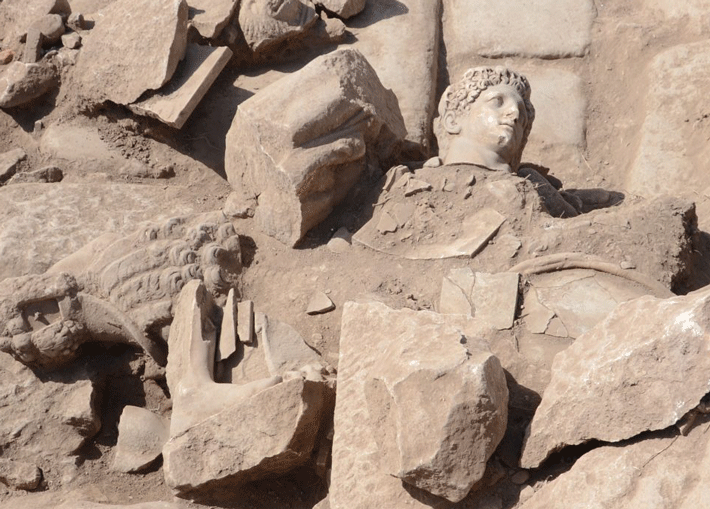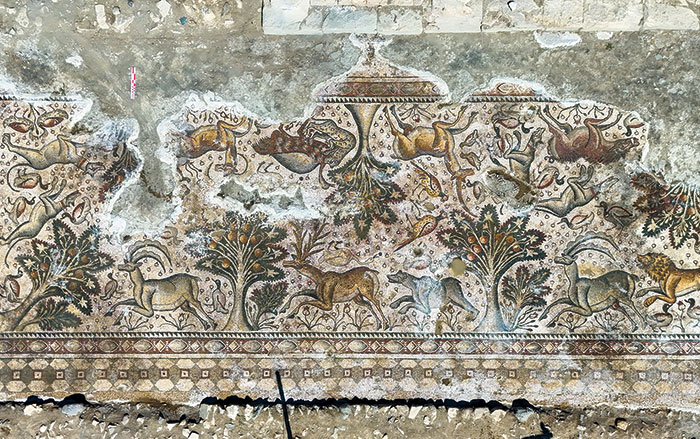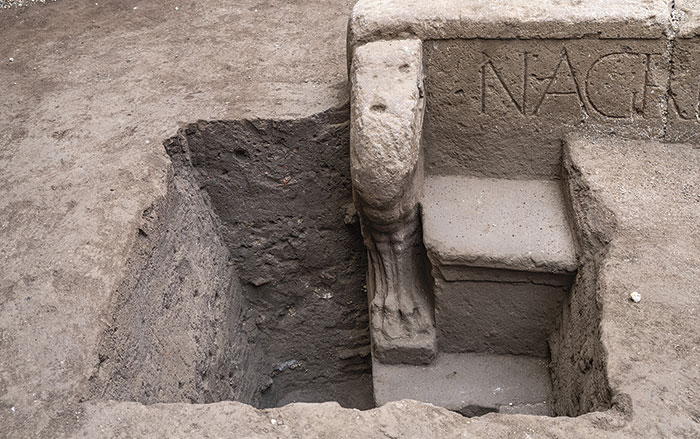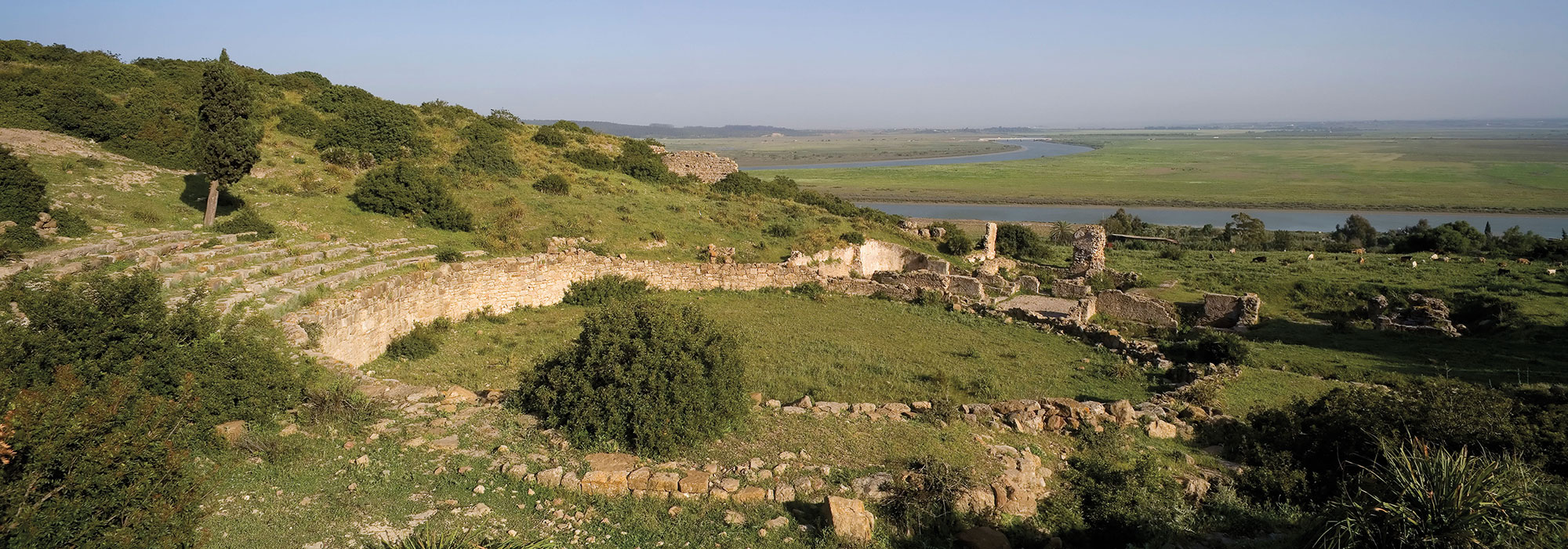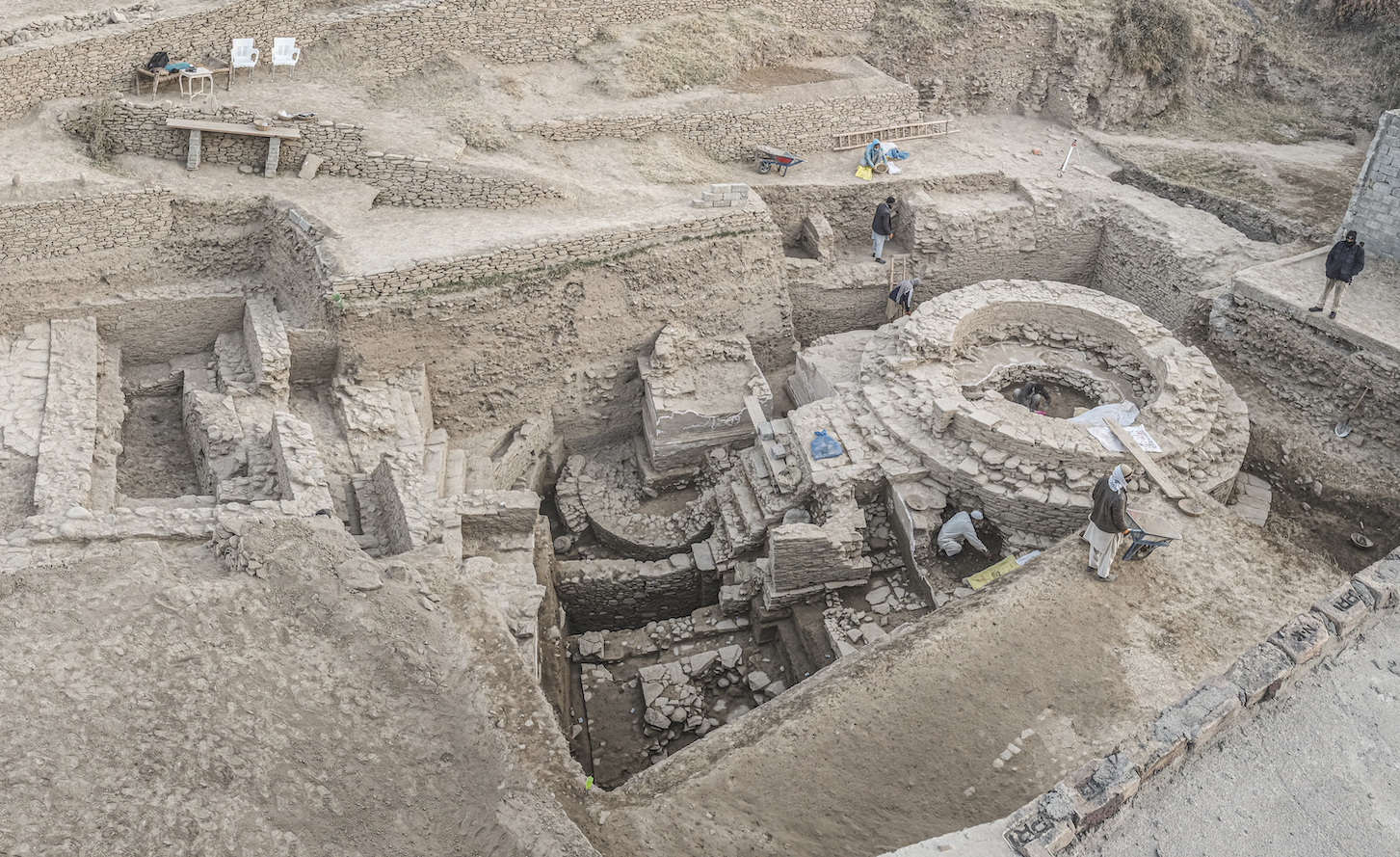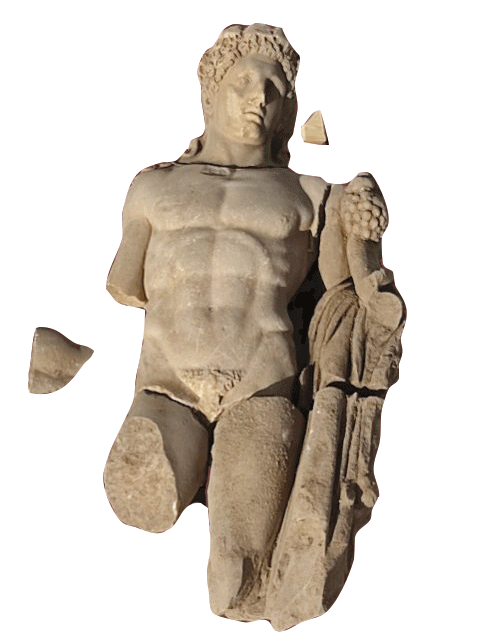
Archaeologists from the Aristotle University of Thessaloniki have unearthed a marble statue of a youthful Hercules in the ancient Greek city of Philippi. Philippi was originally called Crenides but was renamed after Alexander the Great’s father, Philip II of Macedon (reigned 359–336 B.C.), who conquered the city in 356 B.C. The larger-than-life sculpture, which dates to the second century A.D., during the Roman era, depicts the mythical hero with a much younger countenance than is typical—he usually appears bearded and more mature. It includes three of Hercules’ most common attributes—a lion pelt, a vine-leaf crown, and a club—making the statue’s intended identity clear. The discovery was made near an important intersection dating to the Byzantine era, where an ornately adorned building stood during the eighth or ninth century A.D. Although the statue had been created centuries earlier, it was reused as decoration for this new structure.
